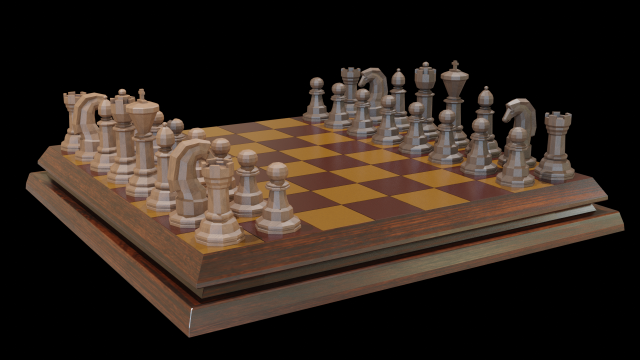

Two months later, Nisshin participated in combat actions. In a rush, the still-incomplete cruiser together with her sistership was transferred to Japan, where they arrived in February of 1904, during the very first days of the Russo-Japanese War. Capable of running at a speed of 20 knots, the ship was protected with a 152mm armor belt, and carried four 203mm main guns and fourteen 152mm guns. Laid down by the order of Argentine, this cruiser was put on sale shortly before the conflict in the Far East and offered to Russia, but after the Russian government declined to purchase it, Japan stepped in and quickly bought the Nisshin-to-be cruiser. "Rewards" Collection - Rewardīuilt in Italy, Nisshin was one of the renowned Garibaldi-class armored cruisers, which served in four navies around the world.
#Battleship chess activation code professional
Over time, the talented naval commander won the favor and support of the Emperor who appreciated Yamamoto’s professional competence and strong commitment to his cause. where he’d served as a naval attaché for several years, Yamamoto Isoroku, at the rank of Captain, was put in command of the light cruiser Isuzu. In November 1928, shortly after returning from the U.S.A. It was made of silver with its obverse side depicting the imperial throne surrounded by clouds – a symbol of luck – and encircled by blossoms of cherry and mandarin trees. As tradition demanded, a medal was established for the participants of the celebrations. The enthronement ceremonies were held in November 1928 in Kyoto-the former capital of Japan. His motto and throne name throughout his reign was Shōwa, “Enlightened Harmony.” Ironically, it was during his reign that Japan was dragged into the bloodiest war in its history. However, Isoroku’s merits didn’t go unnoticed: Admiral Tōgō himself promoted him to his first officer rank.Įmperor Hirohito ascended to the throne in December 1926. Some of the explosion fragments remained in his body for life. The would-be naval commander spent several weeks in hospital. During the Battle of Tsushima, he was seriously wounded. The medal used to be worn on a silk ribbon with a bar stating “Military Medal of Honor.” The blue stripe on the ribbon symbolizes Japan’s victories during the war at sea.ĭuring the Russo-Japanese War, Yamamoto Isoroku, who at that time was known by the name Takano, served on the armored cruiser Nisshin. It was made of gilded bronze and depicted the crossed flags of the Japanese Army and Navy with crest symbols on the obverse side. The medal was established on Maby an Imperial Edict in recognition of those who served in the war that ended with the country emerging as a world power.


In Japan, the Russo-Japanese War of 1904-1905 was officially called “Meiji 37-38 Campaign” in accordance with the chronology of the era of the then-ruling Emperor. "Uniform" Collection - RewardĬompleting this sub-collection provides the following rewards: The next day, the aircraft with the Commander-in-Chief of the Combined Fleet was shot down by U.S.A. On April 17, Yamamoto gave his last speech, boosting morale of the pilots before his fatal flight to Bougainville. On 3 April 1943, a day before his birthday, Yamamoto flew to Rabaul to take command of Operation I-Go, a massive aerial counter-offensive on the key points occupied by the U.S.A. Three "Tokyo Expresses" transported more than 10 thousand soldiers under the noses of unsuspecting U.S.A troops, they didn't even notice that the Japanese troops had left Guadalcanal until it was too late. The evacuation in February 1943 was brilliantly planned and performed, and was Yamamoto's swan song. Despite this, Yamamoto did his best to save the Army troops from the military post on the island. The order to leave Guadalcanal indicated that the Japanese Navy and Army were defeated.

Kaigun-Taishō (Full Admiral), White Uniform, 1943


 0 kommentar(er)
0 kommentar(er)
